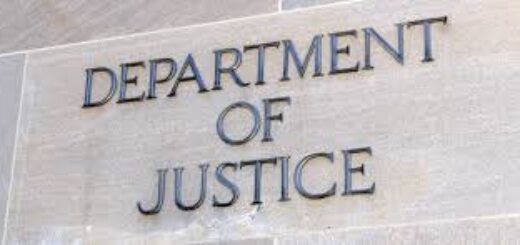Three Simple Steps to Keep Clean and Avoid False Claim Act Liability
With all of the dangers surrounding healthcare companies, it is worthwhile to develop a targeted compliance plan focused on your significant risks. It is critical to avoid False Claim Act liability. The government’s HEAT strike force effort has been successful in ferreting out fraud and extracting large recoveries for false claims. But the strike force is using sophisticated data mining and data analysis to identify providers who may be engaged in fraud. Every healthcare company needs to adopt a strategy to keep them from appearing on the government’s radar screen.
An effective FCA Prevention program includes: (1) A compliance program; (2) internal monitoring capabilities; and (3) screening practices for contractors and employees.
A Compliance Program
In November 2010, the United States Sentencing Commission amended the Sentencing Guidelines to allow for a reduction in a recommended sentence if a defendant can demonstrate the existence of an effective compliance and ethics program at the time of the offense. A company must demonstrate that an effective compliance program exists; individuals with operational responsibility for the program have direct reporting obligations to decision-makers; the program detected criminal conduct before it was likely to be discovered outside the company; the company promptly reported the conduct to the government; and no individual with compliance authority committed wrongdoing. A provider entity may reduce the risks of being criminally charged by establishing a compliance program to catch waste, fraud, and abuse and, if misconduct is detected, the provider corrected the problem quickly and effectively.
Internal Monitoring Capabilities
A compliance officer needs to review on a regular basis the claim submission data and compare it through modeling to similar healthcare practices. By analyzing such data, the compliance officer can stay a step ahead of government data analysis. Every provider should be tracking claim submissions and payment received, but they need to make sure they stay on top of the trends in this area. That is what the government is looking for through its own analysis. This can be done simply by creating a spreadsheet that identifies a provider’s submitted claims, paid claims, volume and units of work as measured by Health Care Common Procedure Coding System or Current Procedural Terminology code or other guidelines. At the first sign of any problems, the compliance officer should determine the cause of the problem.
Screening Practices for Contractors and Employees
Companies can avoid the negative consequences for the actions of an employee by conducting simple due diligence when hiring employees, accepting a relationship with a new practice group, or even contracting with a billing company. If your due diligence review shows some cause for concern, the provider should avoid working with the employee or company.















